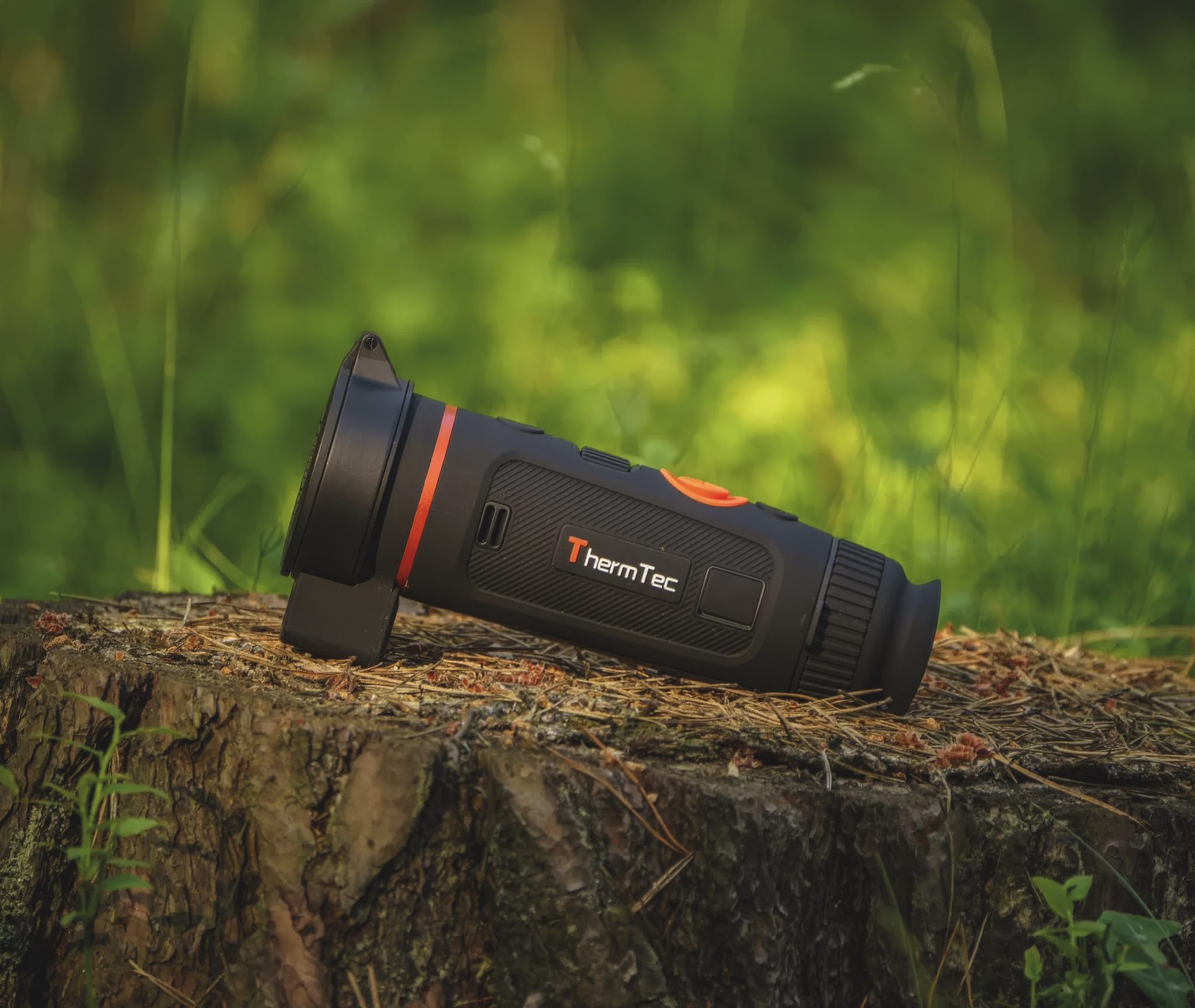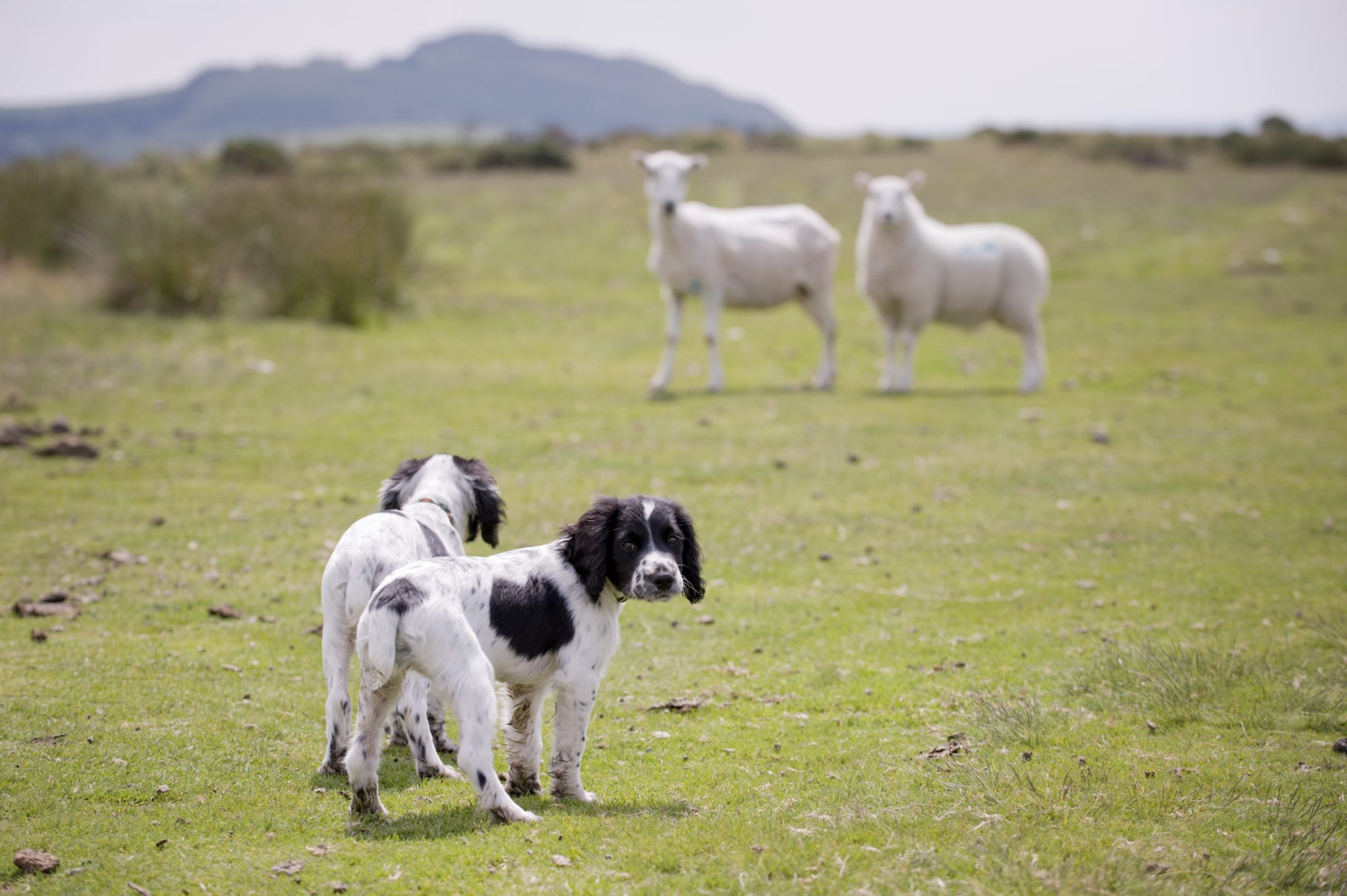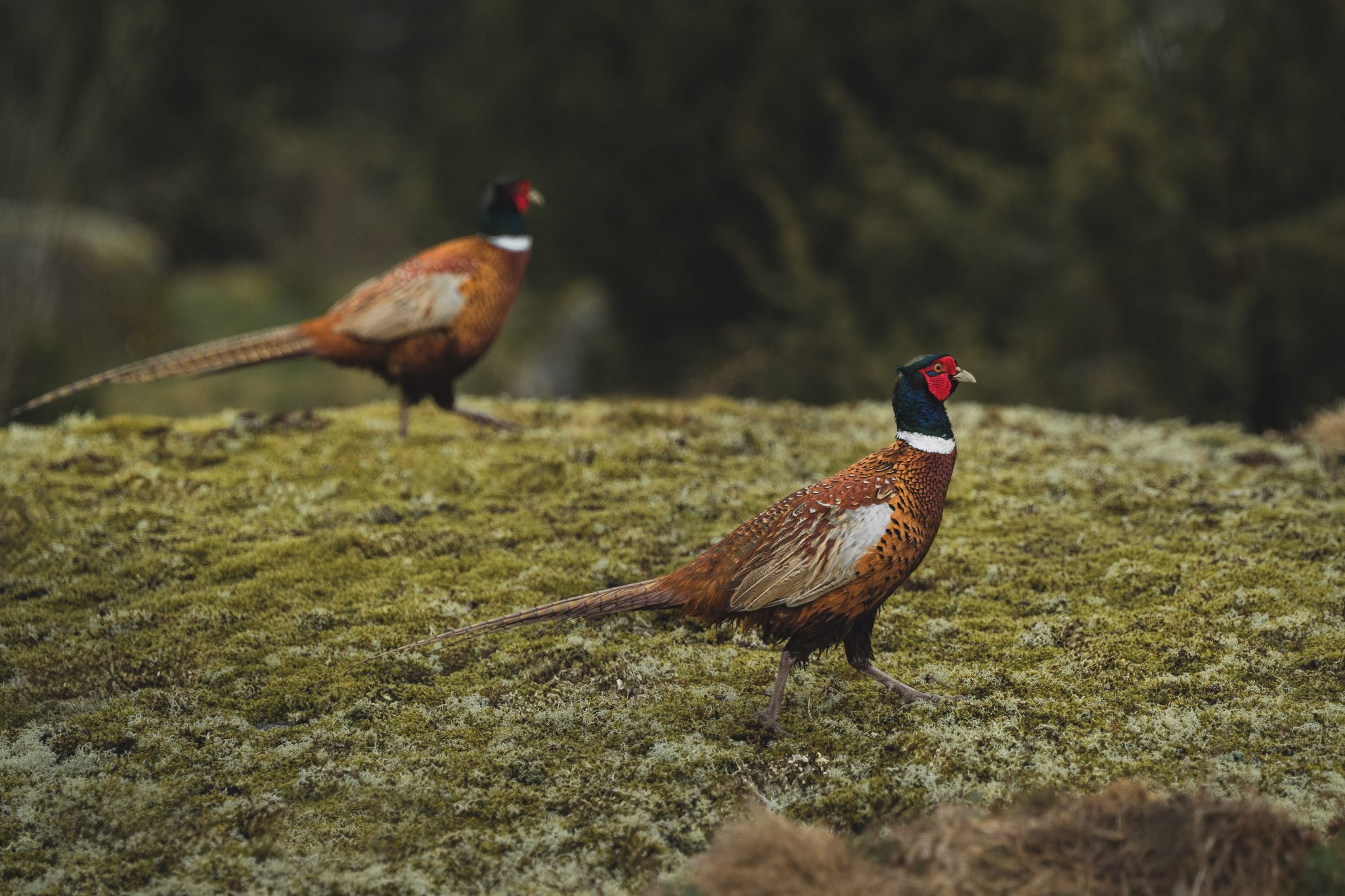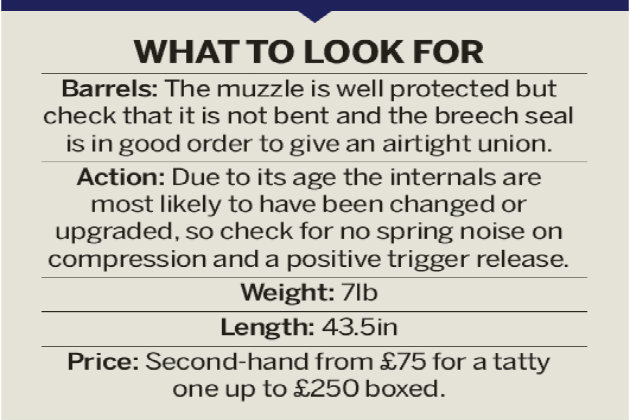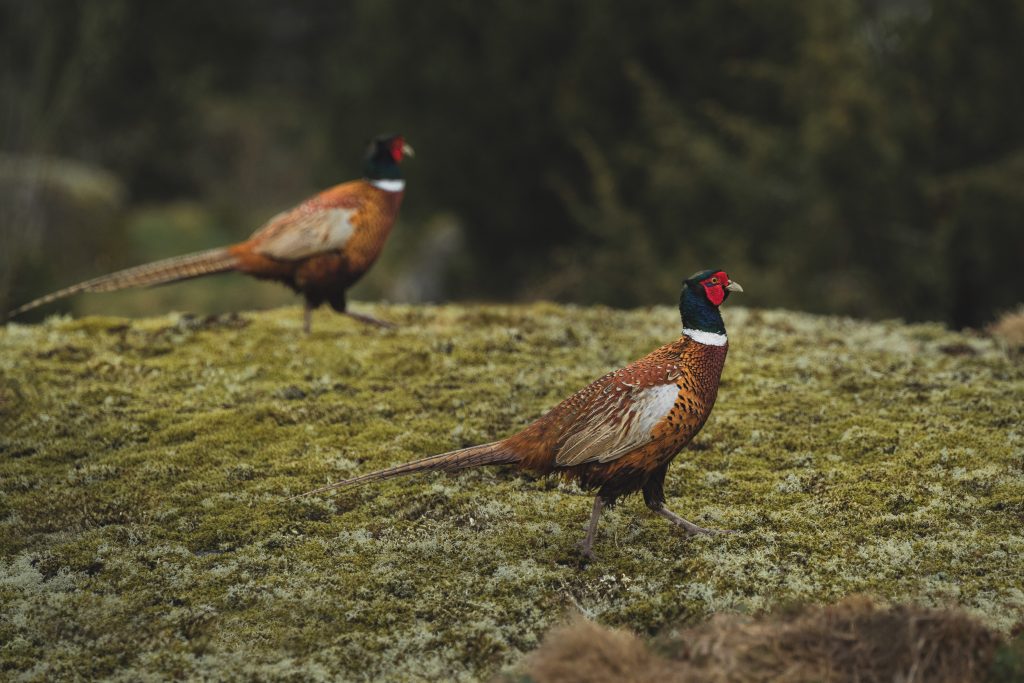Win CENS ProFlex DX5 earplugs worth £1,149 – enter here
BSA Mercury airsporter reviewed

In the 1970s, when I was a teenager and mad keen on air rifles, there were two camps you fell into. You were either a British BSA or Webley shooter or a German Weihrauch or Feinwerkbau user. I was defi nitely in the Teutonic camp as my Weihrauch HW35 went everywhere I did. However, as pocket money allowed, I bought several secondhand rifles and one was a nearly new BSA Mercury. This was BSA’s attempt to give the British shooter the performance of a German-made gun but for a much lower cost.
BSA Mercury – accurate, powerful and cheap
Introduced in 1971, the new Mercury was a break-barrel and spring-powered version of BSA’s popular underlever airsporter model. It was accurate, powerful and cheap and, of course, British, which appealed to many. It underwent many design changes to iron out a few flaws in design and finish but remained a good, solid hunting rifle that I certainly remember reducing the rabbits with on my uncle’s farm at the time.

2. Sight. Open sights were available but most were discarded for scope use, but the scope dovetails are very shallow so will not fit some thick scope mounts
3. Action. Typical break-barrel and spring-piston operated action with a reasonable trigger but no safety fitted
4. Stock. This later stock version has a better finish and chequering, as well as a cheekpiece and ventilated recoil pad.
Parts can be swapped around
Due to the many variants of the Mercury over the years, parts can be swapped around and internals changed or upgraded by keen tuners. This Mercury is one such — it wears an Mk1 barrel and trigger unit but has a Mk3 body and woodwork.
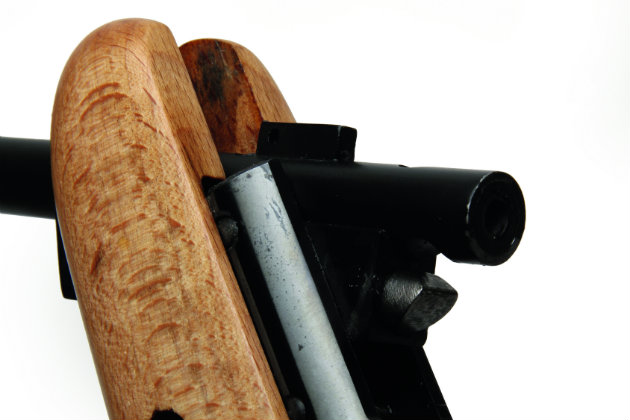
Launched in 1971, the new Mercury was a break-barrel
Flaking finish
The original Mercurys were supplied with a painted finish to the metal parts that saved on cost but, as I and countless other shooters found, in a hunter’s hands it soon flaked and peeled off when out in the field. This made even a relatively new gun look tatty. BSA rectified this on later versions with a blued finish that was so much better, though the trigger-guard and rear housing were still painted and suffered this affliction.
Handles and points well
The Mercury was quite a big rifle at 43.5in long and weighing in at just over 7lb. It had a typical long, lean BSA profile. The rear section of the action has a swept-back end cap and long, slender fore-end; it handles and points very well. The break barrel action is good and later models had a better lock-up mechanism than earlier ones. Accuracy was very good from BSA’s microgrooved 18.5in barrels. You can tell a Mercury instantly because the muzzle has a large recess to protect the rifling and makes the muzzle end look like a .35 calibre.
Open sights were fitted and to be fair were actually adjustable and quite good. However, most people would fit a scope and the twin dovetailed grooves on the cylinder were very shallow, so some mounts would not fi t properly. The trigger is adequate; older models had a plastic ribbed trigger-blade, as here, which felt vague because it bent under pressure without actually operating the trigger sears. It was adjustable and, at around 3.5lb, was okay for hunting purposes. There was no safety fitted on the Mercury.
Long, sleek stock
The stock also underwent many changes, but retained the same overall long, sleek look. Early versions were a bit plain looking, with no chequering and a pale beech stock. Later versions still had a beech stock but now you had a raised cheek piece and pressed-in chequering to the pistol grip and fore-end with a large rubber ventilated recoil pad.
Available in .177 or .22, the Mercury excelled with power and accuracy, if the features were a bit lacking. This .22-calibre version was producing 578fps with Accupell pellets for 10.3ft/lb energy, so nice and healthy for a classic air rifl e with a lovely smooth cycling action. Spares are available from J.Knibbs or T.W. Chambers.
Related Articles
Get the latest news delivered direct to your door
Subscribe to Shooting Times & Country
Discover the ultimate companion for field sports enthusiasts with Shooting Times & Country Magazine, the UK’s leading weekly publication that has been at the forefront of shooting culture since 1882. Subscribers gain access to expert tips, comprehensive gear reviews, seasonal advice and a vibrant community of like-minded shooters.
Save on shop price when you subscribe with weekly issues featuring in-depth articles on gundog training, exclusive member offers and access to the digital back issue library. A Shooting Times & Country subscription is more than a magazine, don’t just read about the countryside; immerse yourself in its most authoritative and engaging publication.



